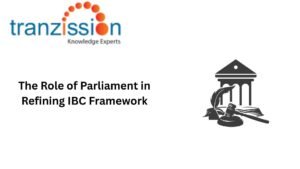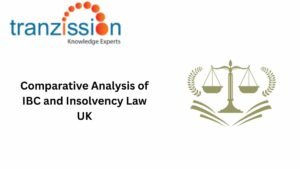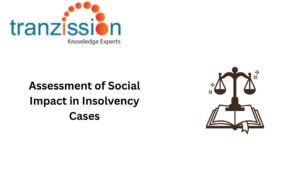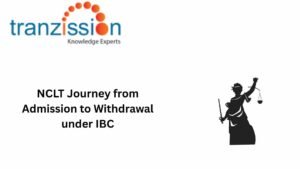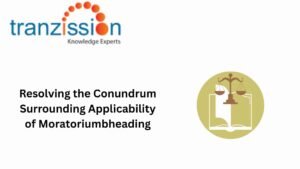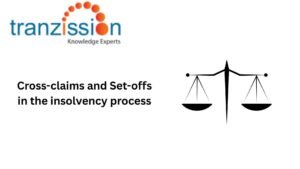
Comparative Analysis of IBC and Insolvency Law UK
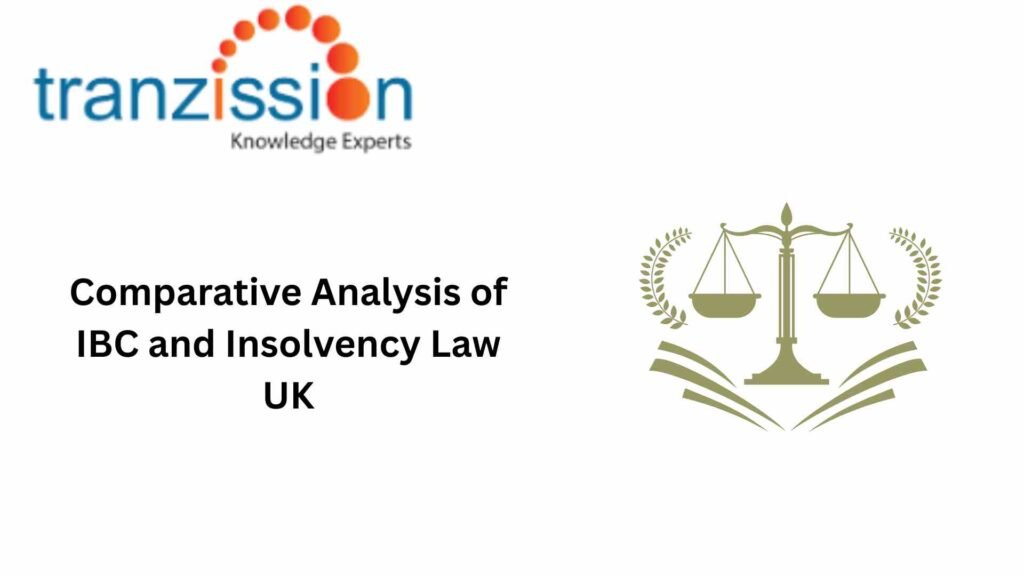
Table of Contents
Explore a detailed analysis of IBC and Insolvency Law UK, comparing key provisions, legal procedures, and their impact on debt resolution and corporate restructuring.
India’s Insolvency Framework:
It was enacted in India to consolidate and streamline the existing framework for handling insolvency and bankruptcy proceedings. The IBC replaced several previously fragmented laws and introduced a unified, time-bound process for dealing with the financial distress of businesses and individuals. The IBC was introduced in the Lok Sabha in December 2015 and received the assent of the President on May 28, 2016, with certain provisions that came into force in August 2016.
UK’s Insolvency Framework:
The UK’s insolvency framework has evolved significantly over centuries, moving from medieval harshness toward more modern, reform-oriented approaches. Initially, insolvency was largely seen as a matter of personal morality and debt enforcement, leading to imprisonment for debt. Over time, legislation was enacted to address issues like limited liability, debtor discharge, and the creation of formal corporate rescue processes. The modern framework, defined by the Insolvency Act, 1986, aims to balance creditor rights with the potential for business rehabilitation. It also includes subsequent reforms, including the Corporate Insolvency and Governance Act 2020, to address modern challenges.
Key Similarities Between IBC and UK Insolvency Laws
Both India’s framework and the UK insolvency laws share core principles, including provisions for moratorium, creditor or debtor initiation of insolvency proceedings, the role of insolvency practitioners, and the emphasis on time-bound resolution to maximize asset value.. Additionally, both systems aim to provide a structured framework for corporate and individual insolvency. Further, the two legislations include provisions for debtors to discharge their debts and start afresh, akin to the IBC’s “fresh start” process, loosely modeled after the UK’s Debt Relief Order. The Analysis of IBC and Insolvency Law UK aim for the timely resolution of insolvency cases, with specific timeframes for different stages of the process.
Notable Differences
Key differences between the two legislations and Analysis of IBC and Insolvency Law UK
The IBC emphasises creditor control through the Committee of Creditors (CoC), while the UK framework allows the company to retain control, debtor-in-possession, during many insolvency proceedings.
A simple majority is required under the UK Code, whereas a 66% majority is required under the IBC.
The UK has a well-established pre-pack administration process, and India has introduced pre-packaged insolvency for MSMEs, but it’s still in its nascent stages.
Read more : What is Form G in IBC – Invitation for Expression of Interest
Institutional Framework and Regulatory Bodies
Both insolvency frameworks offer a structured institutional framework with regulatory bodies that oversee the process of insolvency and bankruptcy:
In India, the Insolvency and Bankruptcy Board of India (IBBI) is responsible for regulating insolvency professionals, insolvency professional agencies (IPAs), insolvency entities, etc. The National Company Law Tribunal (NCLT) is the adjudicating authority for the insolvency process, and the Debt Recovery Tribunal (DRT) is the adjudicating authority for individuals and partnership firms.
In the United Kingdom, the Secretary of State for Business, Innovation, and Skills has the overall responsibility for insolvency policy in Great Britain, and the Insolvency Service oversees the insolvency regime on behalf of the Secretary of State. The Secretary of State recognises certain professional bodies that authorise their members to act as insolvency practitioners, which the Insolvency Service regulates.
Challenges and Criticisms
In India: The IBC faces several challenges, including judicial delays, low recovery rates for operational creditors, complex procedures for smaller businesses, and capacity constraints in the NCLT. These issues impact the efficiency and effectiveness of the IBC, leading to concerns about its ability to address the core objective of resolving financial distress and promoting a healthy business environment. Furthermore, there is a need for clarity in cross-border insolvency provisions.
In the United Kingdom, the UK insolvency regime is complex, with a range of procedures and regulations that can be difficult for businesses and individuals to navigate, and involves issues in creditor engagement and debt recovery. The challenges faced by businesses in different sectors vary significantly, with specific issues related to licensing, health and safety, immigration, and online shopping. These challenges impact the ability of the system to effectively address financial distress, protect creditors, and encourage corporate recovery.
Lessons and Recommendations
India can learn from the UK’s insolvency system by adopting its urgent list system to expedite proceedings, thereby empowering judges with technical knowledge and addressing urgent matters like employee concerns and safety issues. India can also benefit from the UK’s approach to restructuring plans, including cross-cram down, which can facilitate more effective debt restructuring in certain situations. The UK can also observe India’s framework and adopt certain practices, such as the IBC’s approach to creditor empowerment and time-bound resolutions.
Conclusion : Analysis of IBC and Insolvency Law UK
Both India and the UK have made significant strides in reforming insolvency laws. The analysis of IBC and Insolvency Law UK share some similarities but also key differences in their approaches to insolvency resolution. Both systems allow for creditor and debtor-initiated insolvency proceedings and prioritise a streamlined process for resolving financial distress. However, the UK generally adopts a “creditor-in-control” approach, while the IBC emphasises a “debtor-in-control” model with a stronger focus on corporate revival. These systems recognise the need for continuous evolution and mutual learning can lead to more efficient and equitable insolvency frameworks.

